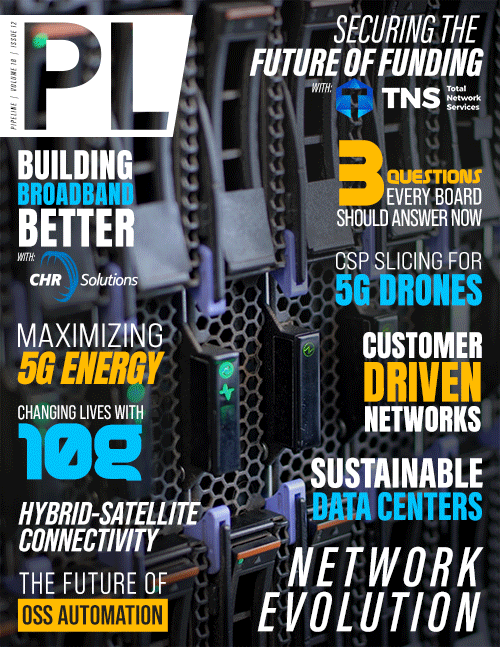Three Questions Every
Board Should Ask Now
Answer: Network automation
following hyperautomation principles
Tech giants thrive on recessions and often come out stronger. These companies understand that they must empower their IT organizations during economic downturns by investing in digital transformation initiatives such as hyperautomation.
Gartner defines hyperautomation as a business-driven, disciplined approach that organizations use to rapidly identify, vet and automate as many business and IT processes as possible. Hyperautomation involves the orchestrated use of multiple technologies, tools or platforms, including:
- Artificial intelligence (AI)
- Machine learning
- Event-driven software architecture
- Robotic process automation (RPA)
- Business process management (BPM) and intelligent business process management suites (iBPMS)
- Integration platform as a service (iPaaS)
- Low-code/no-code tools
- Packaged software
- Other types of decision, process and task automation tools
The problem with implementing these types of high-level concepts is the high degree of ambiguity, given there is no correct reference design available. Vendors talk about the solutions they offer, but not about what the customer needs. A wide gap of information emerges as you descend from high-level analyst recommendations to practical implementation.
As CIO answering the three questions above, you need to know that you can successfully execute to hyperautomation using a validated reference design. Industry tech giants have been working on hyperautomation for the past ten years because their human IT resources can’t match the large scale of their networks. The good news is that their efforts have resulted in next-generation products from companies founded to solve this problem, and this solution ecosystem is now ready for any size company to implement hyperautomation.
Even more importantly, this has led to the development of a validated reference design called the network automation blueprint.
The Network Automation Blueprint
The network automation blueprint is made up of four major building blocks (see figure 1 on previous page) that create a management network design pattern to accommodate hyperautomation. These building blocks are:
IT/OT production infrastructure: this includes servers, switches, routers, and common production equipment.
Automation infrastructure: This is a truly independent network that enables automation to reach the production infrastructure in an out-of-band fashion. Customers call this the double-ring network (see figure 2 on next page). This layer often uses a combination of serial console and Ethernet connections, and also includes staging jump boxes, local storage, TFTP source of truth, and version control systems.
Orchestration and automation systems: This is where the desired outcome and playbooks are sourced from. The key is that the orchestration reaches the production systems through
the independent out-of-band network to achieve the desired outcome.



















